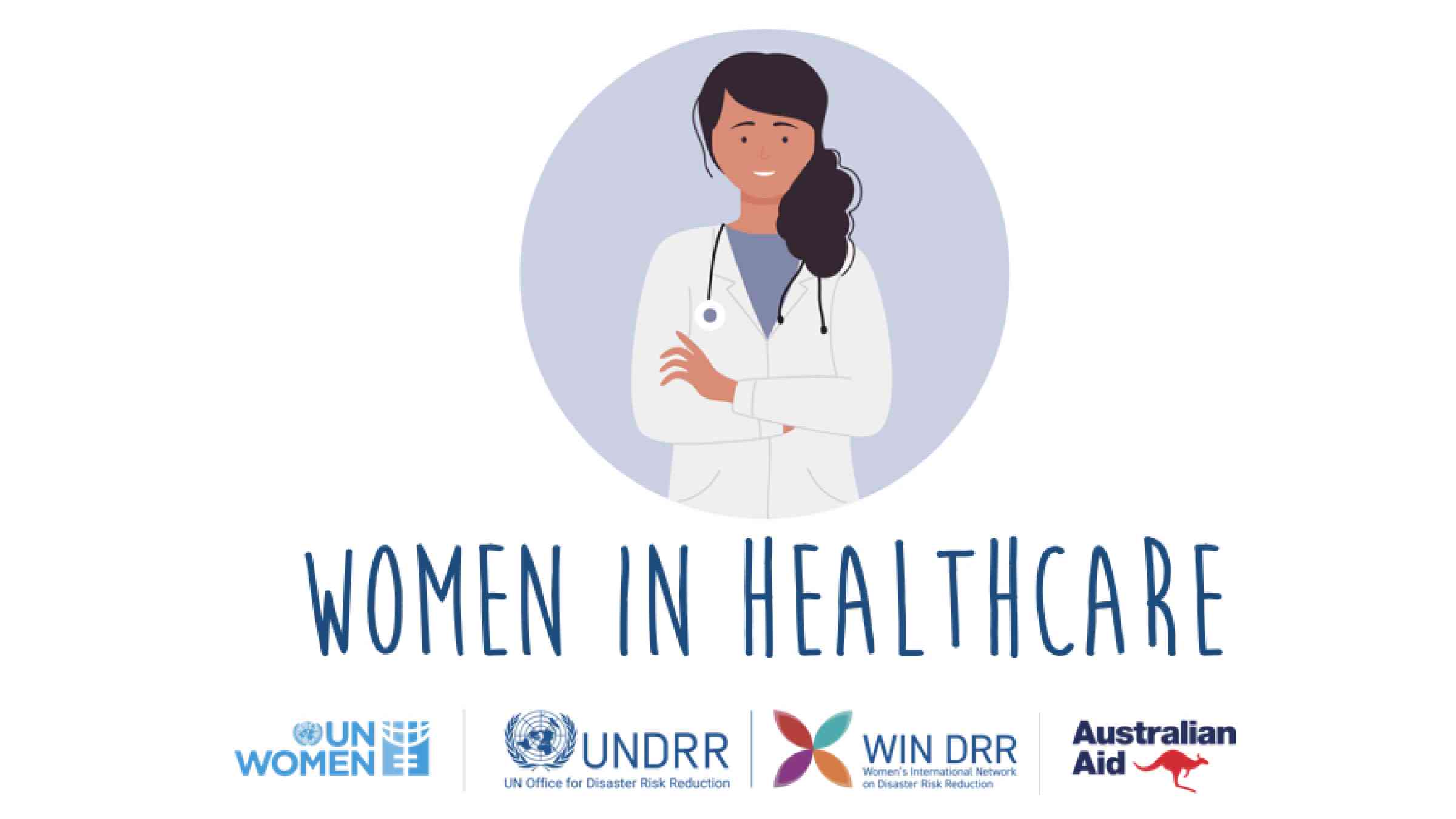Leading Healthcare RCM Methods for Better Financial Efficiency
Leading Healthcare RCM Methods for Better Financial Efficiency
Blog Article
A Comprehensive Overview on Just How Medical Care RCM Works to Simplify Billing and Collections
Navigating the intricacies of medical care income cycle monitoring (RCM) is important for carriers intending to enhance their invoicing and collections procedures. The guide unboxes the complexities of RCM, from patient enrollment to balance dues administration, providing understandings right into enhancing each step. Incorporating innovative modern technology and standardized procedures can significantly lower insurance claim denials and speed up payment cycles. Yet, truth obstacle depends on flawlessly combining these elements to improve capital. As we explore the core elements and approaches that drive efficiency, one concern continues to be: just how can health care entities ideal placement themselves to thrive monetarily in an ever-evolving sector?
Comprehending Revenue Cycle Monitoring
Understanding the ins and outs of Revenue Cycle Management (RCM) is crucial for healthcare organizations aiming to optimize their monetary efficiency. RCM is a critical management function that incorporates the entire financial process of individual treatment, from the first visit setting to the final payment of the equilibrium. It is an intricate treatment designed to identify, accumulate, and take care of the earnings from the services given to clients. Reliable RCM makes sure that medical care service providers get timely and precise payments, lessening the risk of earnings loss and enhancing money circulation.
The RCM procedure starts when a client timetables a consultation and extends via the individual's care journey, consisting of billing and collections. A vital purpose is to lower the time in between supplying a service and receiving payment, thus boosting the company's monetary health and wellness. RCM involves numerous features such as individual enrollment, insurance verification, cost capture, coding, asserts entry, settlement publishing, and dealing with rejections and appeals.
Trick Components of RCM
In the world of Profits Cycle Management (RCM), recognizing its essential components is basic to accomplishing economic effectiveness within medical care organizations. RCM is a comprehensive process that incorporates various phases, each critical to ensuring reliable invoicing and collections. The primary parts consist of client enrollment, insurance verification, charge capture, coding, claim submission, payment publishing, and receivable management.


As soon as coded, claims are sent to payers, where precision is vital to stay clear of hold-ups or rejections - Healthcare RCM. Settlement posting entails recording the received settlements, which permits the reconciliation of accounts. Finally, balance dues monitoring concentrates on monitoring and dealing with unpaid claims, guaranteeing prompt follow-up and resolution
Each part of RCM is adjoined, and inadequacies in any kind of component can interfere with the entire cycle. Consequently, grasping these components is vital for doctor to enhance revenue and improve their economic health.
Approaches for Effective Payment

Systematizing payment procedures across the company is one more essential technique. Establishing clear guidelines for documentation, coding, and entry helps keep uniformity and compliance with governing requirements. Educating team consistently on these treatments guarantees everyone is updated browse around this site with the most recent adjustments in billing codes and payer plans.
Precise fee capture is crucial in preventing profits leakage. Carrying out regular audits and surveillance systems enables the recognition and correction of inconsistencies prior to they impact profits. Furthermore, maintaining open lines of interaction with payers assists to swiftly settle any kind of disputes or misconceptions that may develop.

Lastly, appealing clients early in the invoicing procedure by giving clear quotes and instructional materials regarding their economic responsibilities can substantially decrease complication and improve settlement timeliness. These techniques collectively add to an extra monetarily healthy and balanced and reliable invoicing system.
Enhancing Collections Processes
A robust collections procedure is important for keeping economic stability within medical care companies. Provided the complexities of clinical invoicing and the variety of payer demands, improving the collections process entails executing strategic steps that ensure prompt and precise settlement of solutions rendered. Central to this is the usage of modern technology to automate and enhance processes, reducing hands-on errors and boosting efficiency. Automation tools can assist in tracking insurance claim conditions, sending timely suggestions to individuals, and managing denials better.
Transparent and clear patient communications are essential. Giving comprehensive explanations of costs and supplying flexible repayment plans can boost individual satisfaction and punctual payments.
Regular audits of the collections procedure must be carried out to recognize areas for enhancement and make sure compliance with guidelines. By assessing data, health care companies can identify patterns, anticipate possible concerns, and adjust strategies accordingly (Healthcare RCM). Eventually, a well-enhanced collections procedure not just sustains economic health and wellness yet likewise adds to a more seamless experience for patients and personnel alike
Optimizing Income Streams
Structure upon the foundation of a strong collections process, healthcare organizations can better boost their financial security by strategically optimizing revenue streams. This includes a multi-faceted technique, beginning with read the article a detailed analysis of existing profits resources to recognize inefficiencies and locations for growth. Using innovative data analytics tools makes it possible for organizations to gain insights right into payer mix, individual demographics, and service usage patterns, enabling for data-driven decisions that boost revenue capture.
Executing automated billing systems can substantially minimize errors and quicken insurance claims refining, making certain that profits is accumulated extra efficiently. In addition, enhancing payer contracts via normal settlements can improve reimbursement rates and terms, straight influencing the bottom line. Expanding service offerings, such as incorporating telehealth or health care, can additionally draw in a more comprehensive client base, thus enhancing income possibility.
One more essential part is boosting patient engagement and complete satisfaction, as completely satisfied individuals are most likely to stick to treatment strategies and make timely repayments. Offering versatile payment choices and clear payment techniques can boost collections and foster client loyalty. Healthcare RCM. By embracing these strategies, health care organizations can create an extra durable monetary framework, ensuring continual development and stability in an ever-changing market landscape
Final Thought
In final thought, health care Earnings Cycle Monitoring (RCM) plays a crucial function in optimizing invoicing and collections processes by incorporating essential components such as patient registration, insurance coverage verification, cost capture, coding, asserts submission, and receivable administration. By employing sophisticated modern technology, standardizing treatments, and promoting person engagement, healthcare carriers can dramatically decrease insurance claim rejections, speed up payment cycles, and improve cash money circulation. This comprehensive technique to RCM inevitably leads to improved monetary performance and sustainability for healthcare organizations.
The RCM process begins when an individual timetables a visit and expands through the person's care trip, including invoicing and collections.Another vital component is enhancing individual engagement and fulfillment, as pleased individuals are more likely to stick to therapy strategies and make prompt payments. Providing adaptable repayment options and transparent payment techniques can boost collections and foster patient commitment.In verdict, medical care Profits Cycle Management (RCM) plays a crucial function in optimizing payment and collections processes by incorporating key parts such as individual enrollment, insurance confirmation, charge capture, coding, asserts entry, and accounts receivable monitoring. By using sophisticated technology, systematizing procedures, and cultivating More Info patient interaction, medical care service providers can considerably reduce insurance claim denials, speed up payment cycles, and boost cash flow.
Report this page